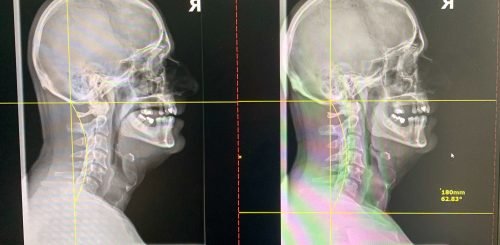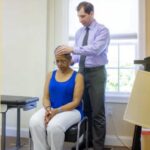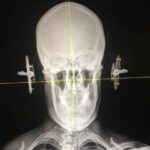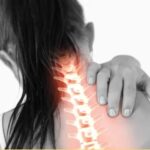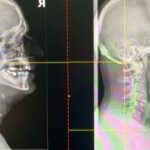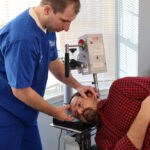Have you ever stood in front of an x-ray with your doctor as they dauntingly explain that the discs in your spine have begun or have already degenerated. For most people this is not an experience that they enjoy. Nobody wants to hear that they have a medical issue. The conversation however, usually gets worse as the word “surgery” soon gets thrown out. At this point most people feel their stomach drop and their hands begin to perspire. Once the fear subsides most people ask, “Can my discs grow back?” Intervertebral discs lie between two vertebral bodies and act to increase the range of motion in the spine, while additionally increasing the spine’s weight bearing capacity. Intervertebral discs are composed of an inner nucleus pulposus, an outer annulus fibrosus, and two cartilaginous endplates that anchor the disc to the adjacent vertebrae. Adjacent vertebrae articulate with the help of zygapophyseal joints. A recent study by Apfel, C etal. (2010) suggests that spinal decompression reduces the pressure on intervertebral discs and thus promotes reabsorption of the nucleus pulposus and decreases the load on the facet joints. Apfel, C etal.(2010) in their study also observed that spinal decompression creates negative intradiscal pressure which leads to increased disc height and decreased facet joint loading, as well as vertebral endplate degeneration. However, according to Sarlak, A. etal. (2012) the restoration of proper spinal positioning can also increase disc height, decreased facet joint loading, as well as vertebral endplate degeneration. Therefore, if a properly trained chiropractor helps restore normal spinal positioning, while additionally incorporating spinal decompression a patient can in fact “Grow their discs back!”
Works Cited:
- Apfel, C., Cakmakkaya, O., Martin, W., Richmond, C., Macario, A., George, E., Schaefer, M., and Pergolizzi, J. (2010). “Restoration of disk height through non-surgical spinal decompression is associated with decreased discogenic low back pain: a retrospective cohort study” BMC Musculoskeletal Disorders 2010, 11:155
- Moustafa, Ibrahim., Diab, Attiah and Harrison, Deed. (2012). “The Height Gain in Scoliotic Deformity Correction: Assessed by New Predictive Formula”
Computational and Mathematical Methods in Medicine. 2012, https://www.hindawi.com/journals/cmmm/2012/167021/

